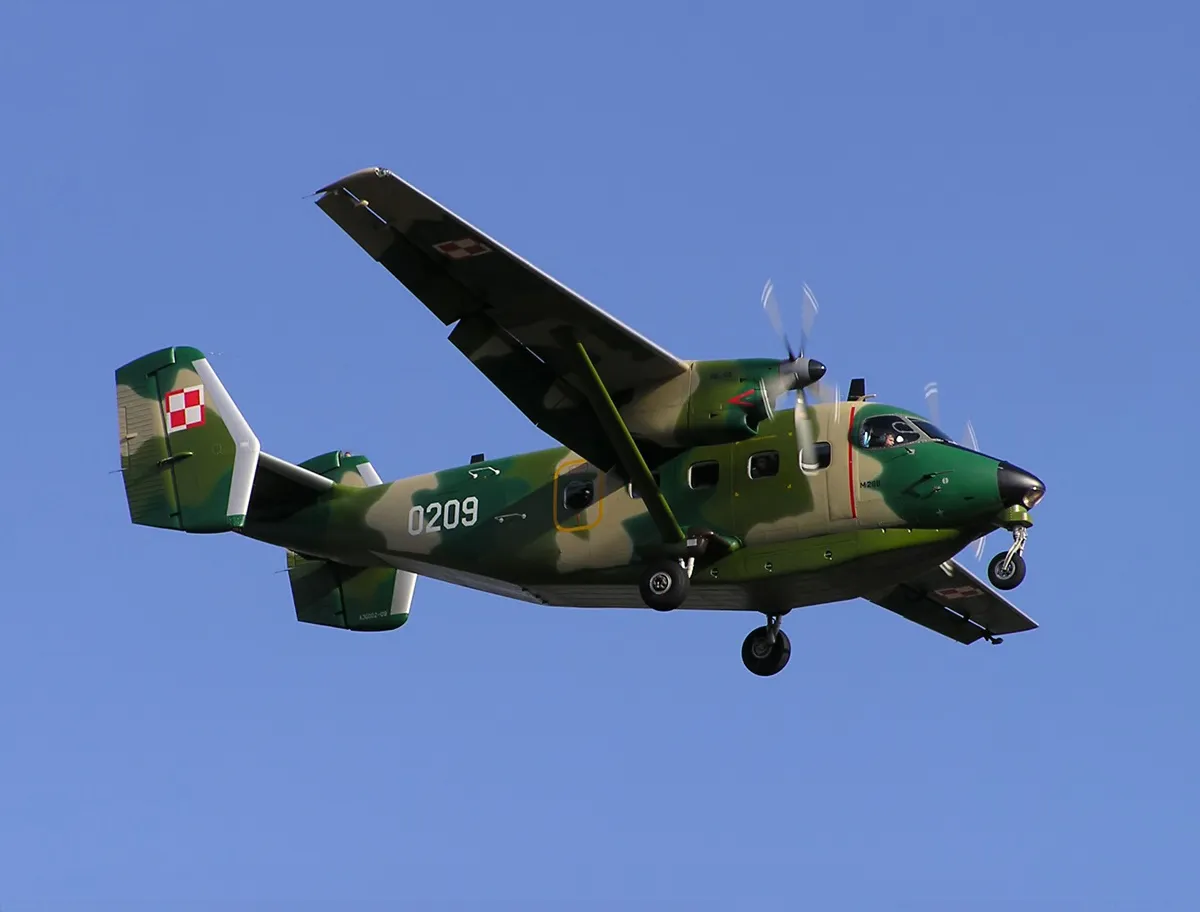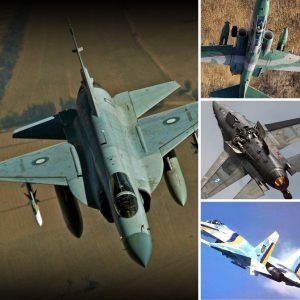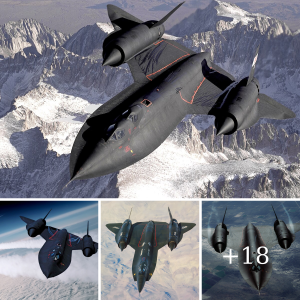In the ever-evolving world of aviation, the PZL M28 Biock has emerged as a standout performer, captivating aviation enthusiasts and professionals alike with its remarkable versatility and unique design. This Polish aircraft, developed by PZL Mielec, is redefining expectations in the field of utility and transport aviation.

A Glimpse into the PZL M28 Biock’s Design and Capabilities
The PZL M28 Biock is a twin-engine, high-wing aircraft known for its impressive adaptability. Originally developed as a military transport plane, it has evolved into a versatile asset with applications ranging from cargo transport to aerial surveillance and humanitarian missions.
Design Highlights:
- High-Wing Configuration: The high-wing design enhances stability and visibility, making it ideal for operations in varied environments, including rugged and unpaved airstrips.
- Twin Engines: Equipped with robust engines, the M28 Biock delivers reliable performance and can handle diverse weather conditions, ensuring mission success in challenging environments.
- Versatile Payload Capacity: The aircraft’s spacious cargo hold and adjustable seating configurations allow it to accommodate a wide range of cargo, from heavy equipment to personnel, with ease.
Military and Civilian Applications
Initially conceived for military use, the PZL M28 Biock has proven its worth in various roles beyond the battlefield. Its dual-purpose design allows it to seamlessly transition between military and civilian applications.
Military Roles:
- Transport: The M28 Biock is well-suited for transporting troops, equipment, and supplies, especially in regions with limited infrastructure.
- Surveillance and Reconnaissance: Its ability to operate from short and unpaved runways makes it valuable for reconnaissance missions in remote or inaccessible areas.
Civilian Roles:
- Cargo Transport: The aircraft’s large cargo hold and versatility make it an asset for transporting goods, particularly in regions with underdeveloped transport infrastructure.
- Humanitarian Missions: Its ability to land in challenging conditions makes it ideal for delivering aid to disaster-stricken areas or remote communities.
The PZL M28 Biock in Action
One of the defining features of the PZL M28 Biock is its adaptability in real-world scenarios. The aircraft has been deployed in various missions, demonstrating its reliability and effectiveness. From delivering essential supplies to remote villages to supporting military operations, the M28 Biock has proven to be a valuable asset.

Recent Highlights:
- Humanitarian Aid: In recent years, the M28 Biock has played a crucial role in delivering aid during natural disasters, showcasing its ability to reach affected areas quickly and efficiently.
- Military Exercises: The aircraft has participated in numerous military exercises, demonstrating its capabilities in tactical operations and strategic support.
The Future of the PZL M28 Biock
As aviation technology continues to advance, the PZL M28 Biock remains a testament to the ingenuity and adaptability of aircraft design. Its ongoing use and continued development underscore its importance in both military and civilian aviation.
Looking Ahead:
- Technological Upgrades: Future iterations of the M28 Biock are expected to incorporate advanced avionics and enhanced performance features, further expanding its capabilities.
- Increased Demand: With its proven versatility and reliability, the PZL M28 Biock is likely to see increased demand in various sectors, from military operations to commercial cargo transport.
Conclusion
The PZL M28 Biock stands as a remarkable example of versatile aircraft design, blending military robustness with civilian utility. Its ability to perform a wide range of tasks, from transporting troops and supplies to supporting humanitarian missions, highlights its significance in the modern aviation landscape. As it continues to adapt and evolve, the M28 Biock is set to remain a key player in the world of utility aviation, making waves with its exceptional performance and adaptability.





